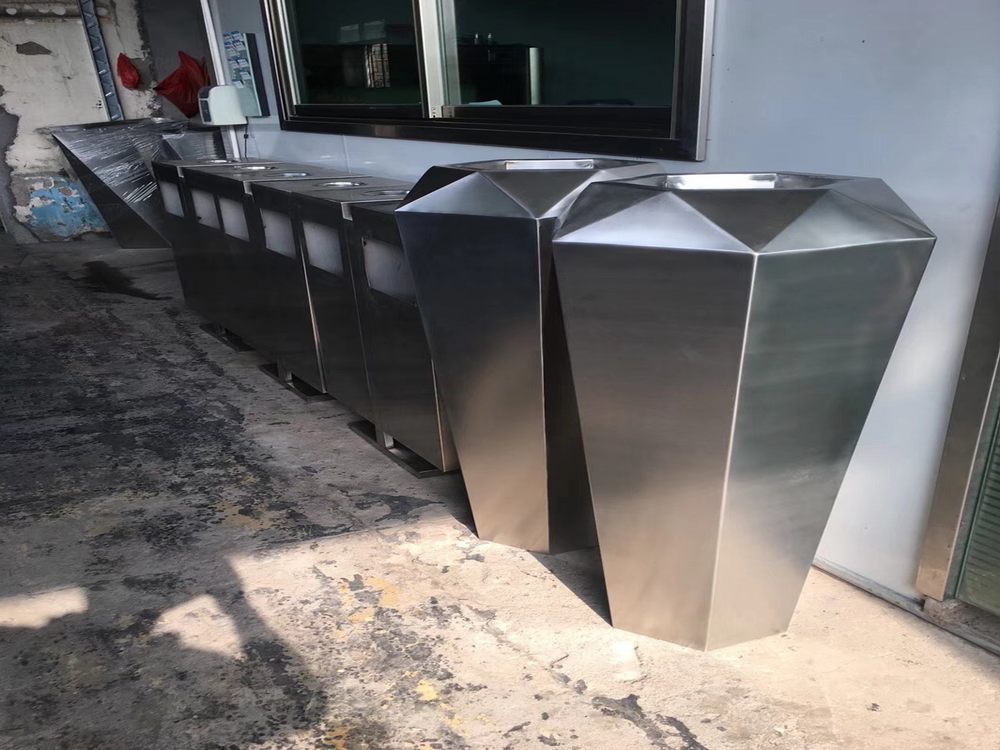
The art of stone carving has evolved dramatically over centuries, yet contemporary artists continue finding innovative ways to honor tradition while embracing modernity. This delicate balance begins with mastering classical techniques - the precise chisel work of Renaissance sculptors, the symbolic motifs of ancient cultures, and the patience-intensive hand tools that defined the craft for generations.
Modern innovators then layer these foundations with cutting-edge approaches. Pneumatic tools now work alongside mallets and chisels, allowing for faster material removal while preserving hand-finished details. Digital modeling software helps visualize complex compositions before the first stone strike, reducing material waste. Some artists even incorporate 3D scanning to precisely map traditional patterns onto new works.
The most successful blended pieces maintain the soul of traditional carving - the visible tool marks that reveal the artist's hand, the respect for stone's natural qualities - while incorporating contemporary aesthetics. Abstract forms might emerge from classical marble, or ancient mythological themes might be reinterpreted with modern minimalist lines. Environmental artists particularly excel at this fusion, using traditional carving methods to create site-specific installations that dialogue with modern architecture.
This artistic synthesis extends to finishing techniques as well. While some purists still prefer natural stone patinas, others experiment with modern sealants that protect outdoor sculptures without altering their appearance. The result is a vibrant art form that remains deeply connected to its roots while continuously evolving - proving stone carving's enduring relevance in our digital age.

